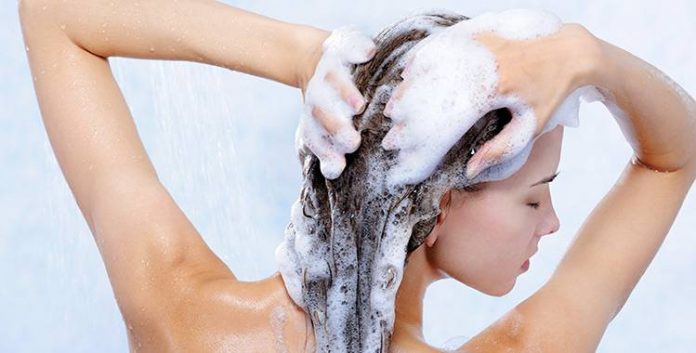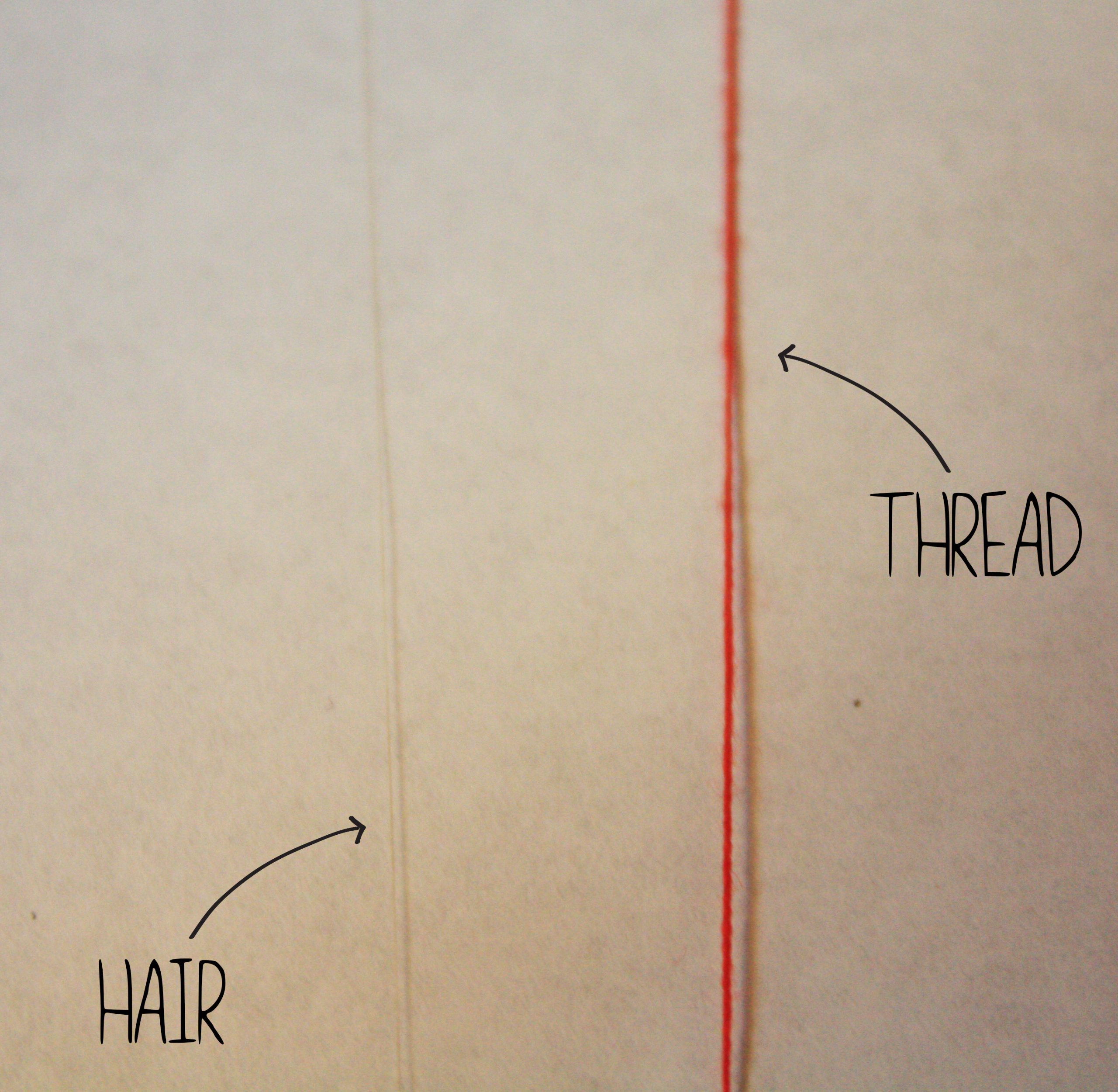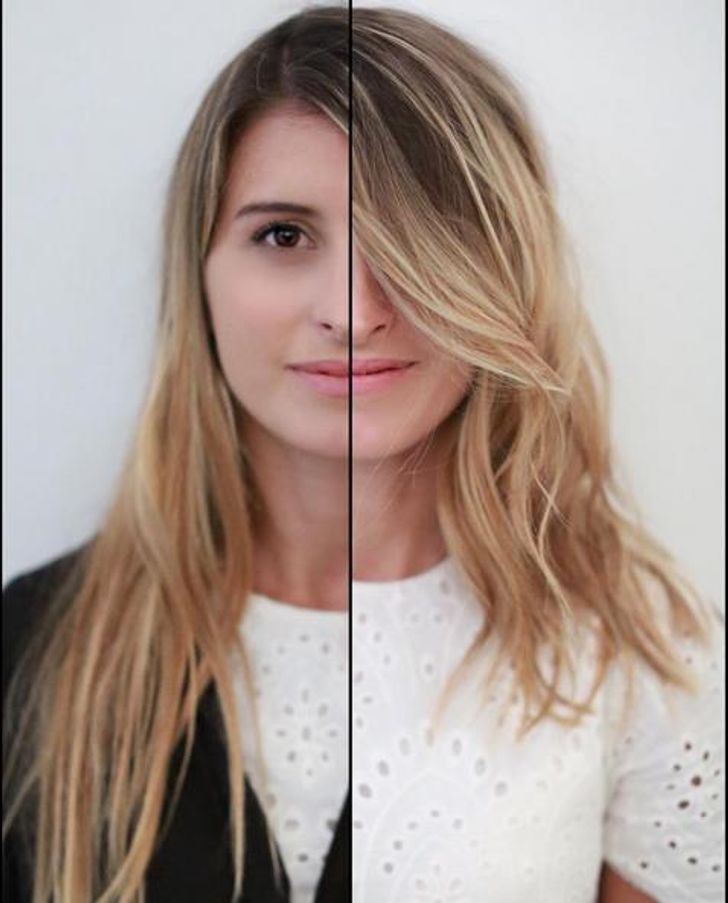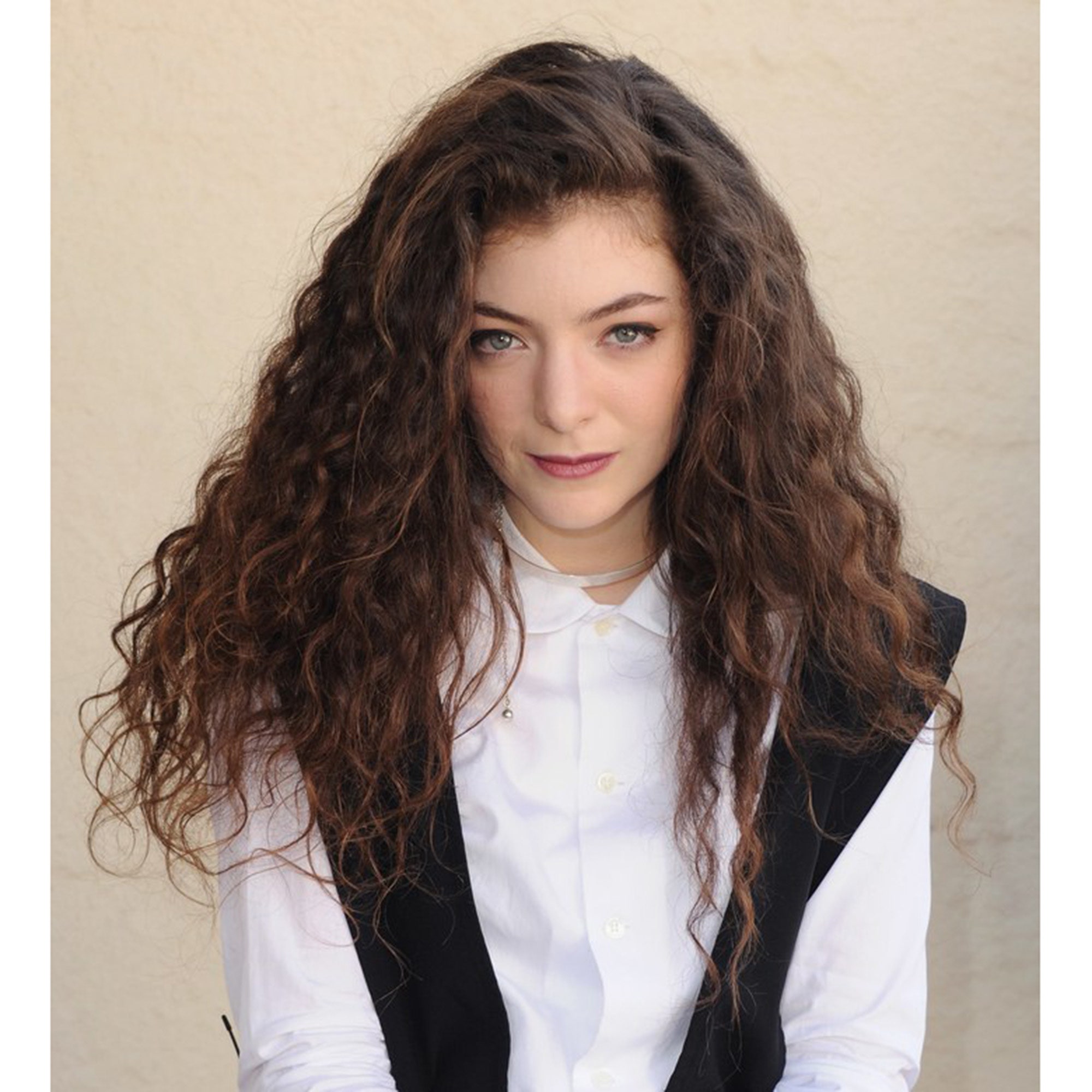Is your hair feeling rough, dry, coarse or limp?
That is a sign that your hair is in need of help. However, since hair is different in varying degrees, you will need to pay attention to your hair type and get the correct treatment for it. For if you haphazardly apply treatment without paying attention to your hair type, you can make things even worse. Follow the tips below, we guarantee that your hair will have better texture, making it smooth and silky.
First, we have to identify your hair texture. You can use this simple test to determine the curl patterns, volume and consistency of it. Take a strand of your hair and observe it carefully. If you can barely see the hair or feel it between your fingertips, that means that your hair is fine. If it feels thicker, then you most probably have coarse texture.
Another comparison you can draw is with a sewing thread. Hair thinner than the sewing thread is fine, the same size is medium and thicker is coarse hair. You can identify hair textures based on curling patterns too.
The second step is to treat your hair depending on the type of your hair. Depending on the thickness and texture of your hair, then the treatment differs.
For Thin Hair
Those with fine and straight hair can probably attest that they cannot go more than two days without shampoo, since this type of hair allows the oil travels down faster. For that reason, you will need a gentle shampoo which will clean your hair gently.
When it comes to conditioning and moisturizing hair, people with fine hair should be wary of products that contain oils like argan, coconut, or olive. These oils may be incredibly hydrating for other hair types but can be particularly too much for fine tresses. Doing this will only add weight to the hair making it heavy, flat and limp. Aloe oil is a great alternative as it’s lighter and will nourish hair without making hair look or feel greasy.
Since thin or fine hair is much more prone to breakage, you should switch to microfibre towel or a soft cotton T-shirt. This way, your hair will be dried with material that is soft and quick absorbing, without damaging the hair cuticle. This is also to avoid frizz, as rough fabrics can open up the cuticle.
For Medium Hair
Compared to thicker or finer hair, medium hair is fairly manageable. You won’t need any intense treatment, but you will need to consider adding in moisture. The ideal treatment for this type of hair is to use green tea. Dip a bag or two of green tea in hot water and let them remain for 20 minutes. After cleaning out your hair, pour the green tea over your head and let your hair soak in for 3 minutes. Afterwards, rinse with cold water. Panthenol and antioxidants in green tea help strengthen your hair.
Curly, Highly Textured Hair
Curly, highly textured hair will always need to deep condition. Two-minute conditioners will not be enough to do the trick, as deep conditioning will add moisture and strength (protein) back to hair. Use heat for maximum effect by either applying it and letting it set while showering or by covering the hair with a plastic cap and applying heat from an outside like a hair dryer. Apply leave-in conditioner afterwards.
One trick to make sure your hair really absorbs the conditioner is to towel-dry hair after shampooing. This is because excess water prevents the conditioner to penetrate the hair shaft and deliver the necessary moisture to keep hair looking healthy and shiny. If you’re short on time, at least squeeze out excess water. Where you apply it matters, too. Conditioner only needs to go on the mid-lengths and ends of your hair. Avoid putting conditioner on the roots as it will cause your scalp to get greasy faster.
For Thick Or Coarse Hair
Thick hair may be good at handling heat, but can be prone to frizz. This type of hair requires an adequate amount of hydration. What you can do is adding deep conditioning treatments and oils like coconut and olive oil to make the hair softer and less tangled.
Thicker hair needs more hydration than fine textured hair due to its wider diameter. It’s worth investing in products that are moisture balancing to meet the needs of the drier ends and newer roots. If you find your hair is prone to frizzing, choose lightweight smoothing products that will tame and not weigh your style down. If your hair is wavy or curly, a heavier cream or serum may be needed.
Below are a few other ways in which you can improve the texture of your hair:
- Oil massage
Giving yourself an oil massage that focuses on the scalp is bound to improve blood circulation to the scalp and gives fuller hair over time. Thicker, coarse hair can handle coconut oil, almond oil, olive oil or castor oil for a scalp massage thoroughly 3-4 times a week.
Another home tip is to use egg masks. What you need to do is beat three eggs in a bowl and apply it as a mask on your scalp and hair. Cover with a shower cap and rinse after 30 minutes. This will make your hair silky and shiny, as egg whites are high in protein and can therefore boost your hair texture.
3. Fenugreek Or Methi
Experiencing hair fall? Then fenugreek is the ingredient to use. Other than that, it also aids in changing hair texture. You will notice that your hair will become smoother and shinier hair with consistent usage. Soak 2-3 tablespoons of methi seeds in water overnight. Blend with curd the next morning and apply it on your hair. Wash after 30 minutes with a mild shampoo.
4. Aloe Vera
Aloe vera gel is THE ingredient to use if you want to get rid of split ends, frizziness and weak hair. Besides, it adds shine, moisture and promotes hair growth. You can either apply fresh aloe vera gel onto your scalp and hair or use aloe vera hair care products.
Additional Tips:
- Cleaning your hair is a must, but be careful of over-washing your hair. Over-washing can be damaging for your hair especially if it is bleached, coloured, has been chemically treated or is naturally very dry or porous. This is because washing your hair everyday strips away the natural oils and proteins that you need to keep your hair and scalp healthy, so try to limit hair washing to three times a week if you can.
- The in-between times when your hair may be prone to greasiness can be countered by using dry shampoo to soak up the excess oils. However, avoid being to reliant on dry shampoo as it can cause build-up on the scalp and clog hair follicles. This in turn can impede hair growth. Alternatively, you can style your hair in various styles such as braids, bedhead buns and twisted topknots for those in-between wash days.
Have you tried any of the tips above? Do you have any other hair tips? Share your experience in the comment section below!










